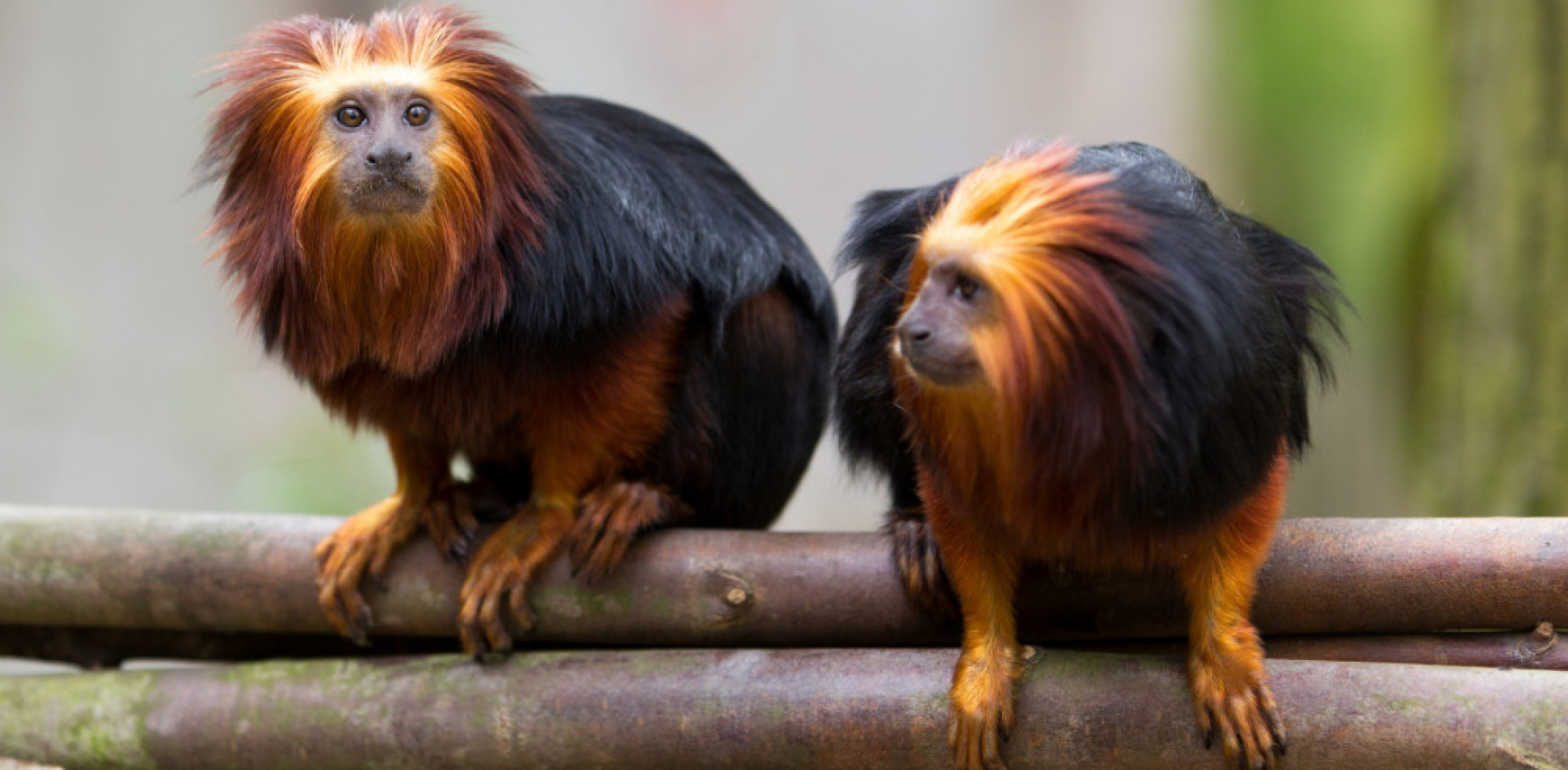Appearances can deceive...
During the last weekend of June, the BioBrasil team attended the São João 'Arraiá de Colônia de Una' party, with a photo exhibition about our research on golden-headed lion tamarins. And the question we got from just about every visitor..
"We see them everywhere... are they actually still threathened?"
Why that question? Because people are seeing the animals appear more and more in their backyards. In the past, that rarely happened. Is it a good sign that we are seeing the monkeys more often in those places? Well, actually not....
Lion tamarins generally live in the forest and in traditional cocoa plantations of the 'cabruca' type. In that environment, they can survive and reproduce. But recent research by Vicente Teixeira showed that the area where golden-headed lion tamarins live has decreased by 42% in the last 30 years. In other words, these tamarins have lost almost half of their habitat! And the number of animals has decreased by 60%, with approximately only 16,000 animals surviving! And those numbers are declining even further.
Fewer monkeys, because the forest disappears...
We also see these remaining golden-headed lion tamarins appearing more often in gardens, streets and squares and other places where they strictly speaking do not belong. On the one hand this is because the forests and cabrucas are gradually disappearing, as confirmed by research, and the remaining forests fragments are increasingly difficult to reach for the monkeys because they cannot cross areas without trees.
At the same time, humans live ever closer to the few remaining forested areas, and thus nearer to the monkeys. Although the animals often find fruit trees and insects in peoples’ gardens, the best thing would be that they could just stay in the forest or in the cabrucas where they find whatever they need.
...and still in danger
The fact that we now see more of them in villages and cities is unfortunately not because they are increasing in number. What is increasing, though, is deforestation and with it their habitat is rapidlydisappearing. The reality is that the disappearance of the forests and cabrucas puts pressure on these animals to find food and shelter in inhabited areas. Appearances can deceive...

